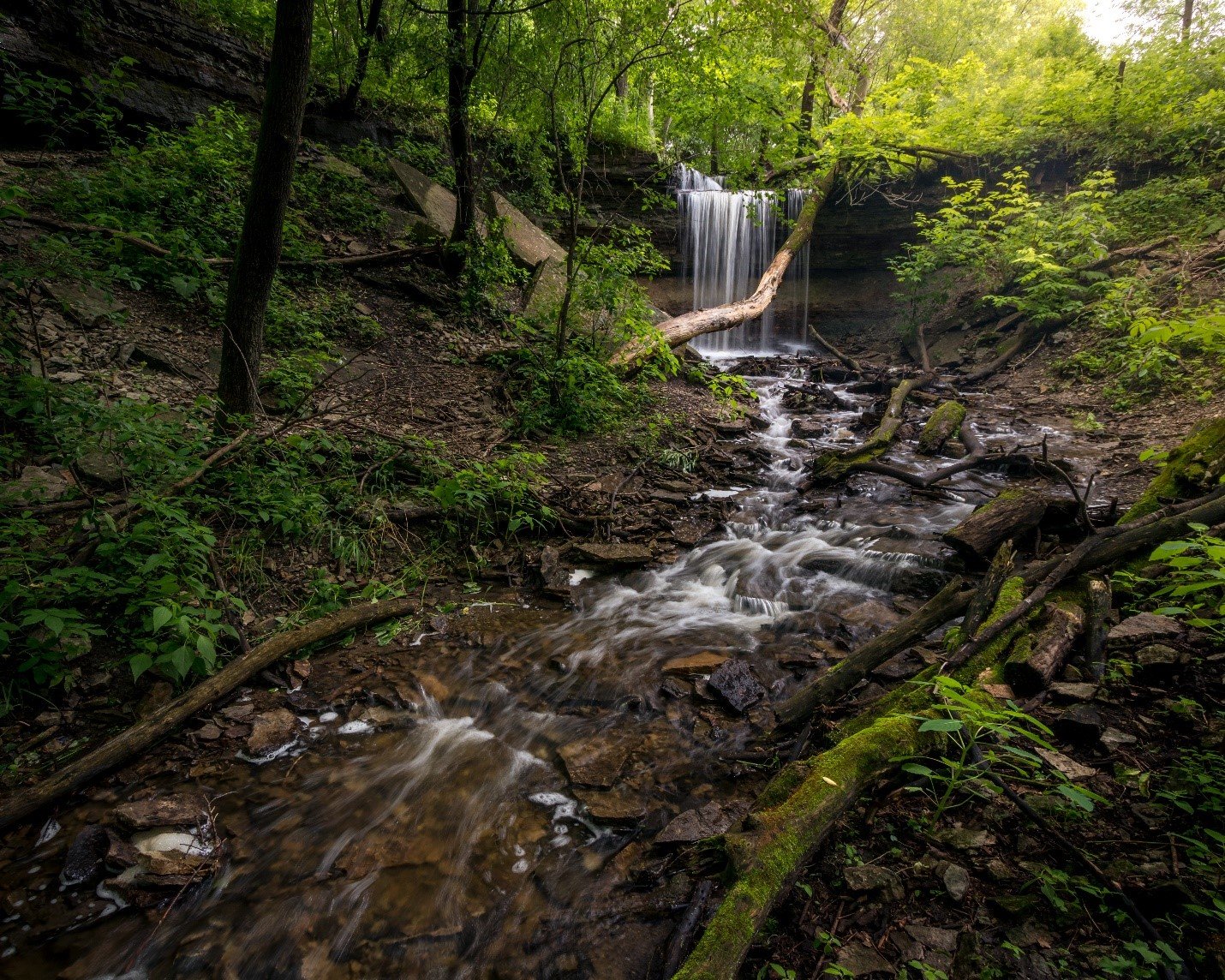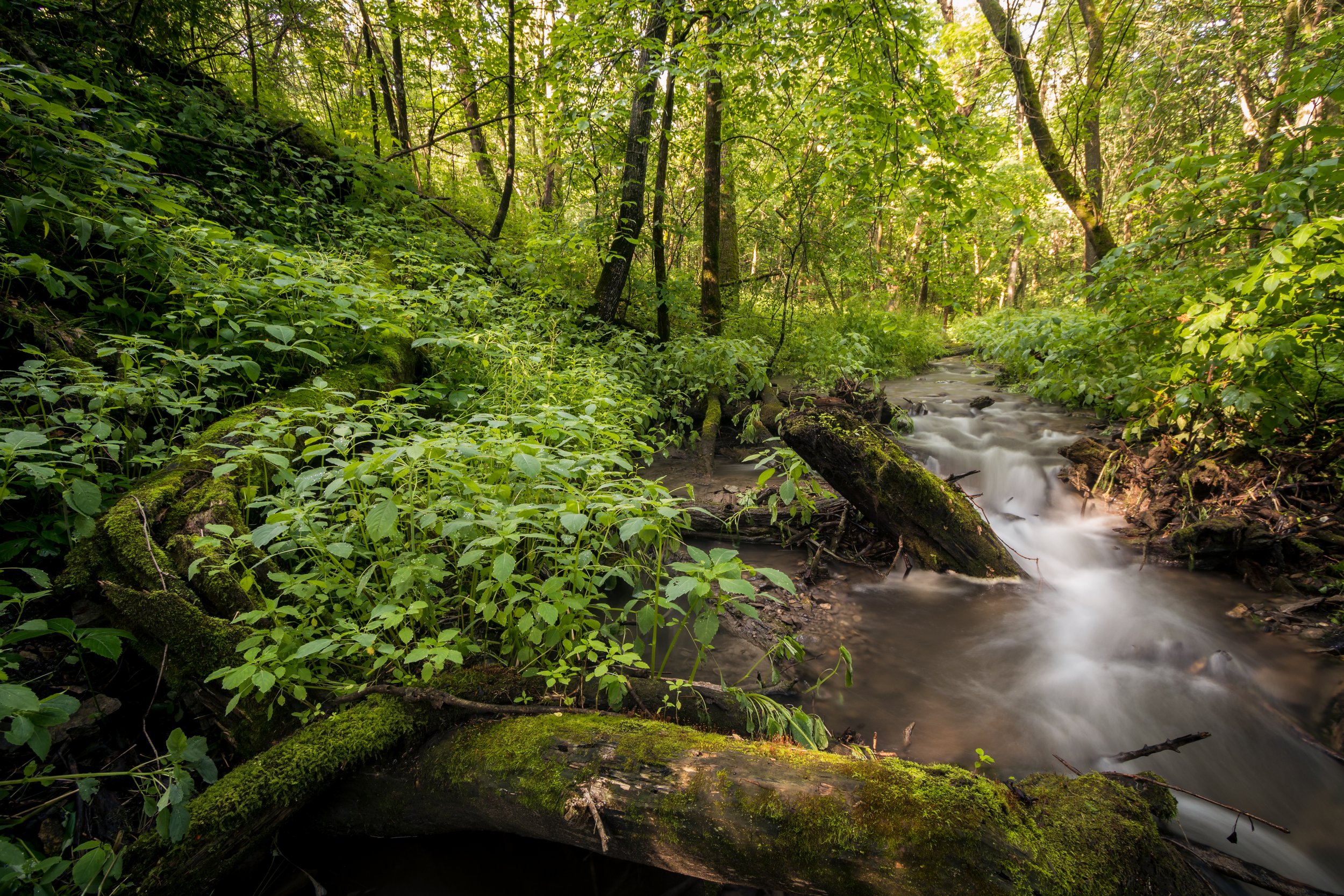Resources
Watershed Concerns
What is a watershed?
A watershed is all of the land and water areas that drain toward a particular lake or river segment. A watershed is defined in terms of each selected lake or river, such as the “Cannon River watershed.” The Cannon River watershed is located south of the Twin Cities and encompasses areas of Dakota, Goodhue, Le Sueur, Steele, Rice and Waseca counties. The watershed drains approximately 1,460 square miles through two main channels, the Cannon and Straight Rivers, to the Mississippi River at Red Wing.
Clean water affects every aspect of our lives. A watershed supplies our drinking water, water for agriculture and manufacturing, offers recreation opportunities and provides habitat to numerous plants and animals. Unfortunately, various forms of pollution, including runoff and erosion, can interfere with a watershed's health. Caring for the watershed will benefit you and your community. Clean, healthy watersheds depend on an informed public to make the right decisions regarding the environment and the community's actions.
Water Quality Concerns
The Cannon River Watershed has a lot of potential for improvement, and by focusing on the things we can do better, these changes will benefit the families that live, work, and recreate in the region. The following are the water quality concerns we focus on at Clean River Partners.
Muddy Rivers and Streams
Muddy rivers and streams can be caused by a variety of factors, including erosion, stormwater runoff, and natural sediment deposits. Erosion occurs when soil is washed away from riverbanks and streambeds due to the force of flowing water. This can be exacerbated by human activities such as construction and logging, which can remove vegetation and disturb soil, making it more vulnerable to erosion. Stormwater runoff can also contribute to muddy water by carrying sediment, debris, and pollutants into nearby waterways. Finally, natural sediment deposits can accumulate in rivers and streams over time, particularly during periods of high water flow or flooding. While some sediment is a natural part of healthy river and stream ecosystems, excessive sediment can harm aquatic life by reducing water clarity, clogging fish gills, and altering habitat.
E. Coli
E. coli can make its way into water sources in a variety of ways, such as fecal contamination from sewage treatment systems, animal waste, agricultural runoff, and poorly maintained septic systems. E. coli in water sources can be a cause for concern because it can indicate the presence of harmful bacteria, viruses, and other microorganisms that can cause illness in humans and animals. When E. coli is present in water sources, it can also lead to reduced water clarity and unpleasant tastes and odors. Additionally, E. coli can proliferate in water sources and may contribute to the growth of other harmful bacteria, such as those that lead to blue-green algae blooms. Exposure to water that is contaminated with E. coli can also lead to increased levels of nutrients, such as nitrogen and phosphorus, which can contribute to the growth of harmful algae and aquatic plants. Ultimately, E. coli contamination can harm aquatic life and ecosystems, as well as pose a risk to human health.
Green Lakes
Lakes sometimes turn green due to excessive algae growth, which can occur when there is an abundance of nutrients in the water, such as from agricultural runoff or sewage discharge. This can lead to what is known as an "algae bloom," which can discolor the water and make it appear green or blue-green. Algae blooms can also be caused by warmer water temperatures, which can occur during the summer months.
It is important to be concerned about green lakes because excessive algae growth can have negative impacts on the health and safety of the aquatic ecosystem. When algae die and decompose, they consume oxygen, which can lead to oxygen depletion in the water, making it difficult for fish and other aquatic animals to survive. Additionally, some types of algae can produce toxins that can be harmful to humans and animals if ingested or exposed to in high concentrations. In extreme cases, algae blooms can lead to the closure of lakes or beaches to recreational activities such as swimming, boating, and fishing. Therefore, it is important to monitor and address the causes of green lakes to maintain the health and safety of the aquatic ecosystem.

